
Understanding Your Home's Water Heating System
One of the most common questions I get as a Hampshire plumber is: "What's the difference between a boiler and a cylinder?" It's a great question because understanding your home's water heating system is crucial for maintenance, repairs, and upgrades.
In this comprehensive guide, I'll break down everything you need to know about boilers and cylinders, helping you understand which system you have, how it works, and what options are available for your Hampshire or Wiltshire home.
The Quick Answer
🔥 Boiler
What it is: The heating unit that heats water for your central heating and potentially your hot water taps.
- Burns gas or uses electricity to create heat
- Usually mounted on the wall
- Can be combi, system, or regular type
🫧 Hot Water Cylinder
What it is: A large insulated tank that stores heated water ready for use at your taps and showers.
- Stores 100-300 litres of hot water
- Usually located in airing cupboard
- Heated by boiler or immersion heater
Key Point for Hampshire Homeowners:
Many homes have BOTH a boiler AND a cylinder working together. The boiler heats the water, and the cylinder stores it. Understanding this relationship is crucial for troubleshooting and maintenance.
Three Main Water Heating Systems in Hampshire Homes
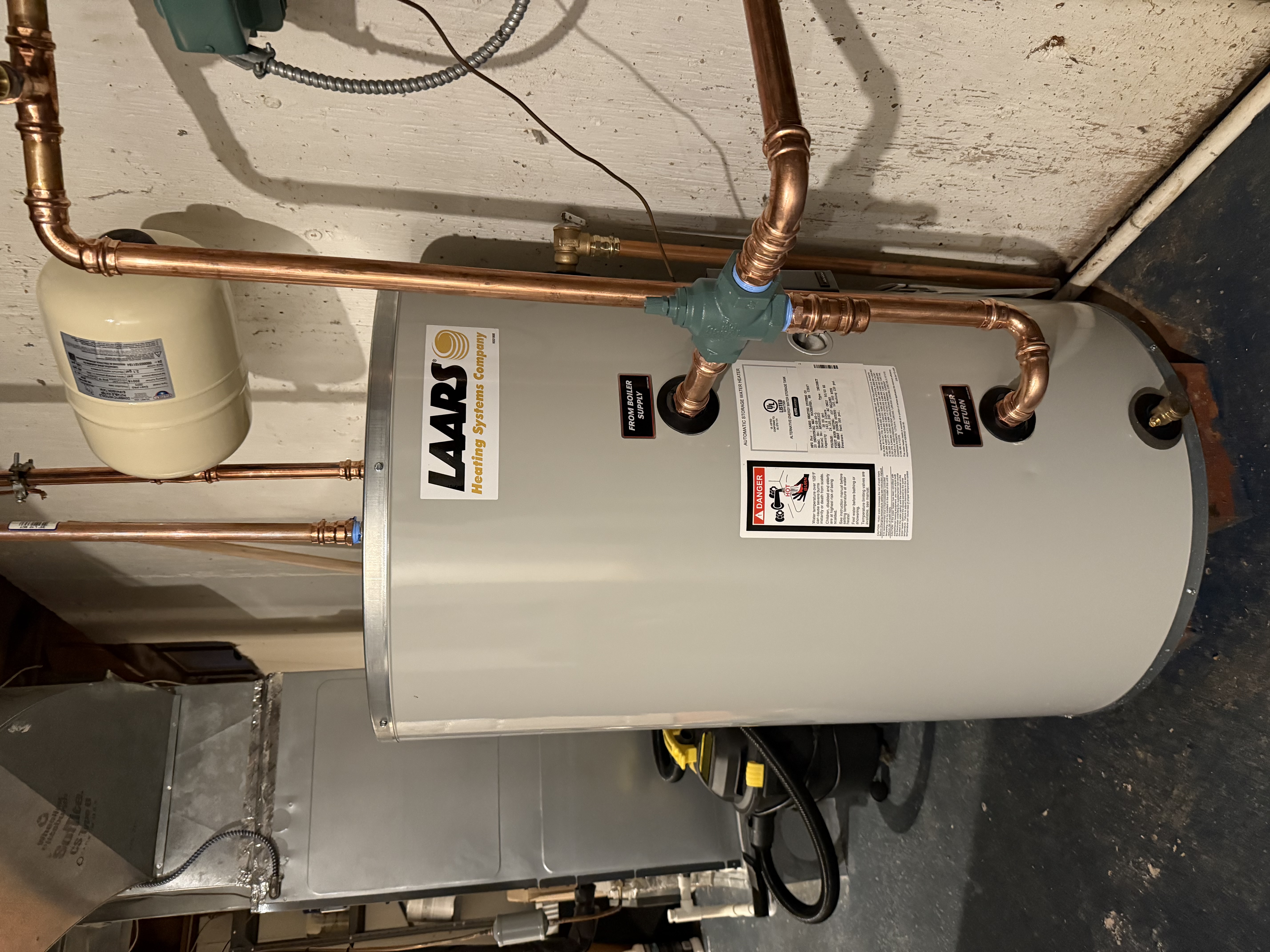
1. Combi Boiler System (Most Popular)
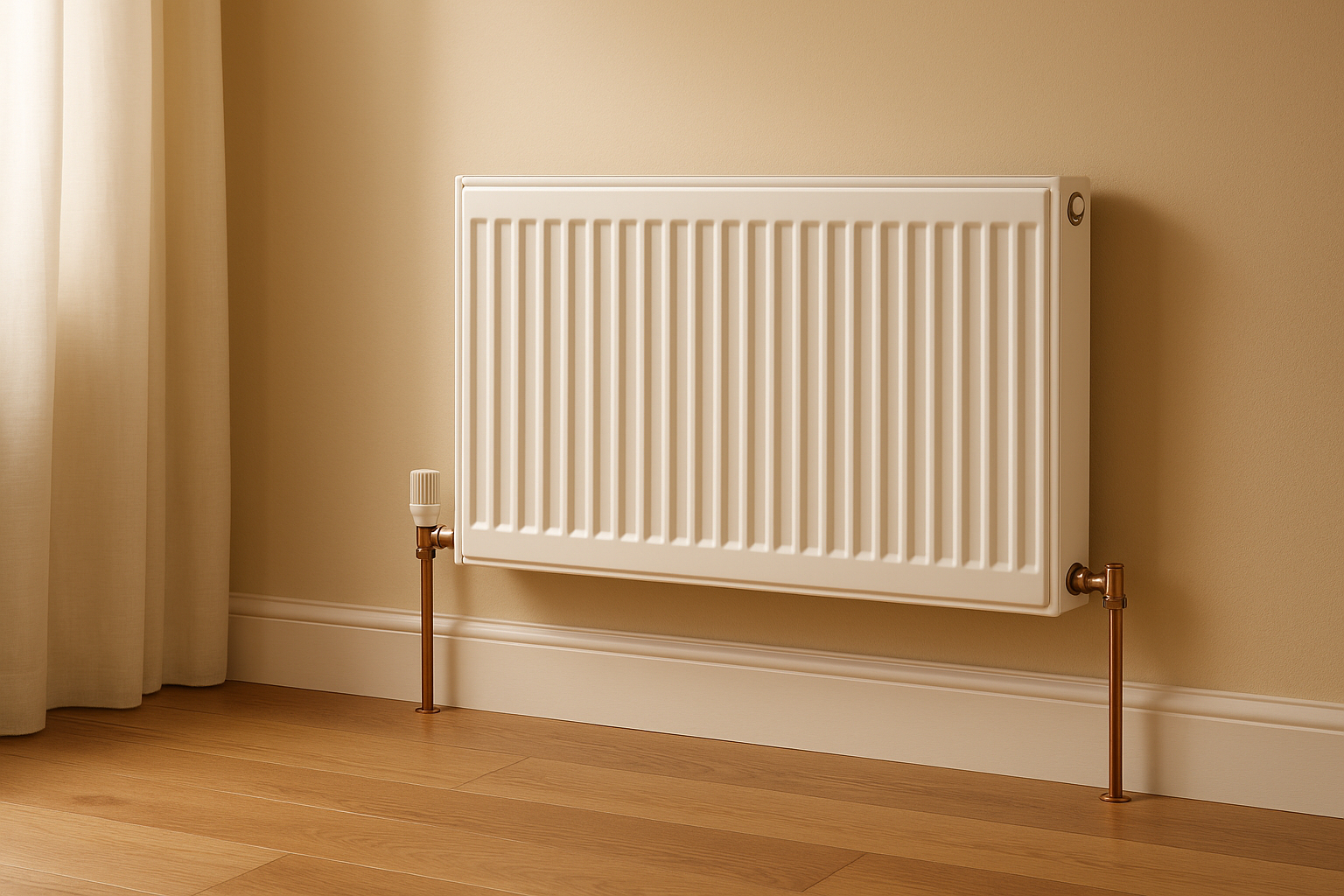
What's involved: Just the boiler - no cylinder needed. Heats water on demand when you turn on a tap.
✅ Advantages:
- Space-saving design
- Lower installation cost
- Good water pressure
- No cylinder to maintain
❌ Limitations:
- One tap at a time
- Slower fill for baths
- Dependent on mains pressure
- No backup hot water
2. System Boiler + Hot Water Cylinder
What's involved: System boiler (wall-mounted) + hot water cylinder (usually in airing cupboard). Boiler heats water and stores it in the cylinder.


✅ Advantages:
- Multiple taps simultaneously
- Great for large families
- Fast bath filling
- Backup immersion heater
❌ Limitations:
- Requires cylinder space
- Higher installation cost
- Heat loss from cylinder
- Can run out of hot water
3. Regular Boiler System (Traditional)

What's involved: Regular boiler + cylinder + cold water tank + expansion tank. Most complex but very reliable system.
✅ Advantages:
- Very reliable operation
- Good for older properties
- Compatible with many systems
- Easy to maintain and repair
❌ Limitations:
- Lower water pressure
- Lots of space required
- Risk of frozen pipes in loft
- More components to maintain
🔄 Visual System Comparison
Combi Boiler
Wall-mounted unit provides both heating and hot water on demand
System + Cylinder
Boiler heats water stored in separate cylinder tank
Regular System
Complete system with cold water tank, boiler, and cylinder

Which System Do You Have? - Quick Identification Guide
🔍 Quick Identification Checklist:
Look for a hot water cylinder
Check your airing cupboard or utility room for a large insulated tank (usually white or copper colored, about 3-5 feet tall).
✗ No cylinder? You have a Combi Boiler
Check your loft for water tanks
If you found a cylinder, look in your loft space for cold water tanks.
✗ No tanks in loft? You have a System Boiler + Cylinder
Test your taps
Turn on multiple taps at once (kitchen sink and bathroom sink).
✗ Pressure drops significantly? Likely Regular Boiler system
Hampshire & Wiltshire Specific Considerations
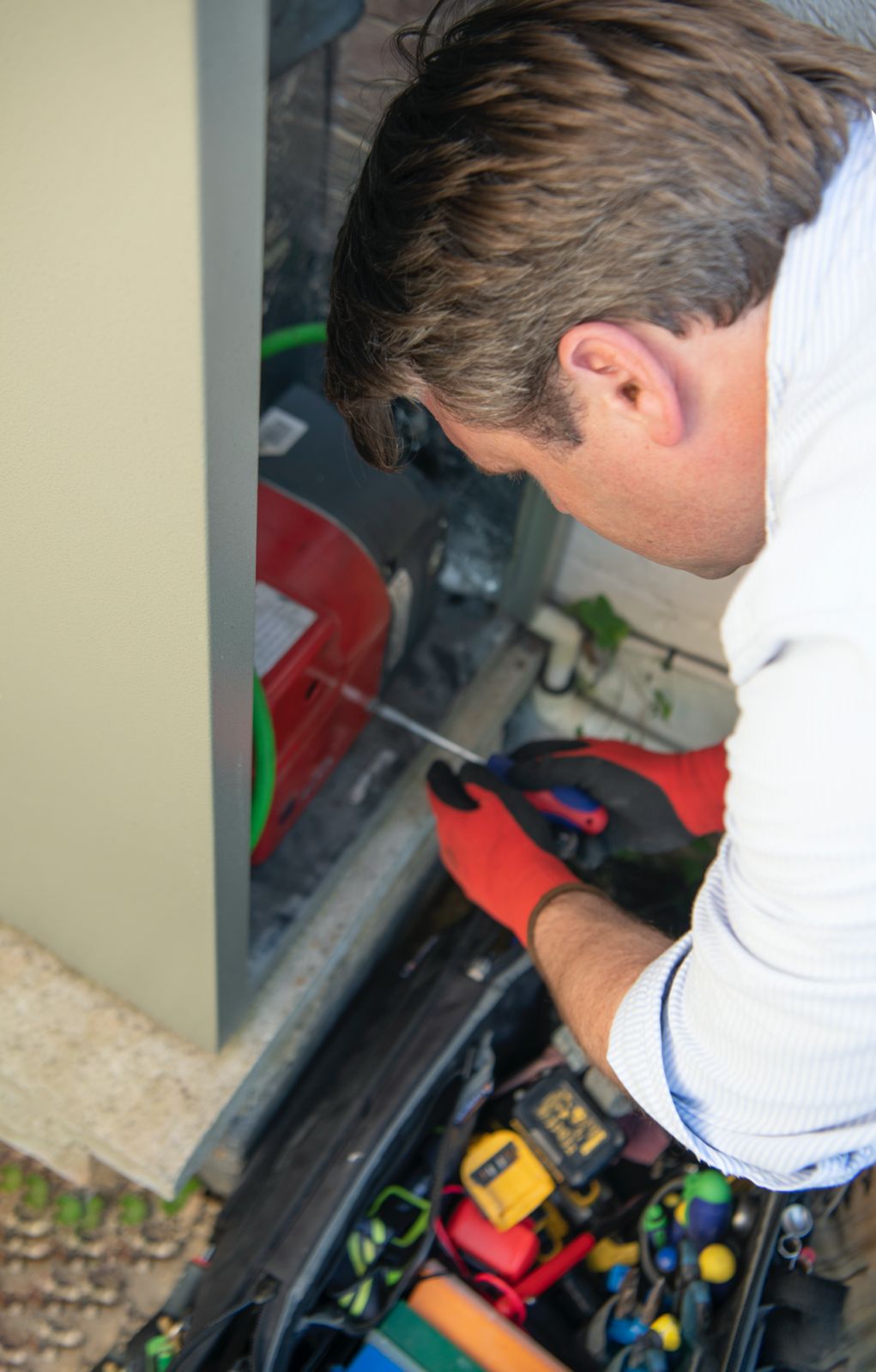
💧 Hard Water Areas
Much of Hampshire and Wiltshire has hard water, which causes scale buildup in heating systems. This particularly affects:
- Combi boilers: Heat exchangers can scale up quickly, reducing efficiency
- Cylinders: Scale reduces capacity and heating efficiency
- Solution: Annual descaling and consider water softener installation
🏡 Rural Properties
Many Hampshire and Wiltshire properties are rural with specific considerations:
- Low water pressure: May rule out combi boilers
- Private water supply: May need different system design
- Oil heating: Common in rural areas without gas supply
- Large properties: Often better suited to cylinder systems
🏛️ Listed Buildings
Hampshire has many historic properties with unique requirements:
- Planning restrictions: May limit system changes
- Access challenges: Difficult to run new pipes
- Gravity systems: Often best to maintain existing design
- Heritage considerations: Balance efficiency with character preservation
💷 Cost Comparison for Hampshire Homes
| Cost Factor | Combi Boiler | System + Cylinder | Regular System |
|---|---|---|---|
| Installation Cost | £2,500-4,000 | £3,500-5,500 | £4,000-6,000 |
| Service Call | From £125 | From £145 | From £165 |
| Annual Maintenance | £80-120 | £100-150 | £120-180 |
| Running Costs | Moderate | Higher (heat loss) | Highest |
💷 Hampshire Cost Note:
These are typical costs for quality installations in Hampshire and Wiltshire. Prices can vary based on property access, existing pipework, and specific requirements. I always provide detailed quotes with no hidden costs.
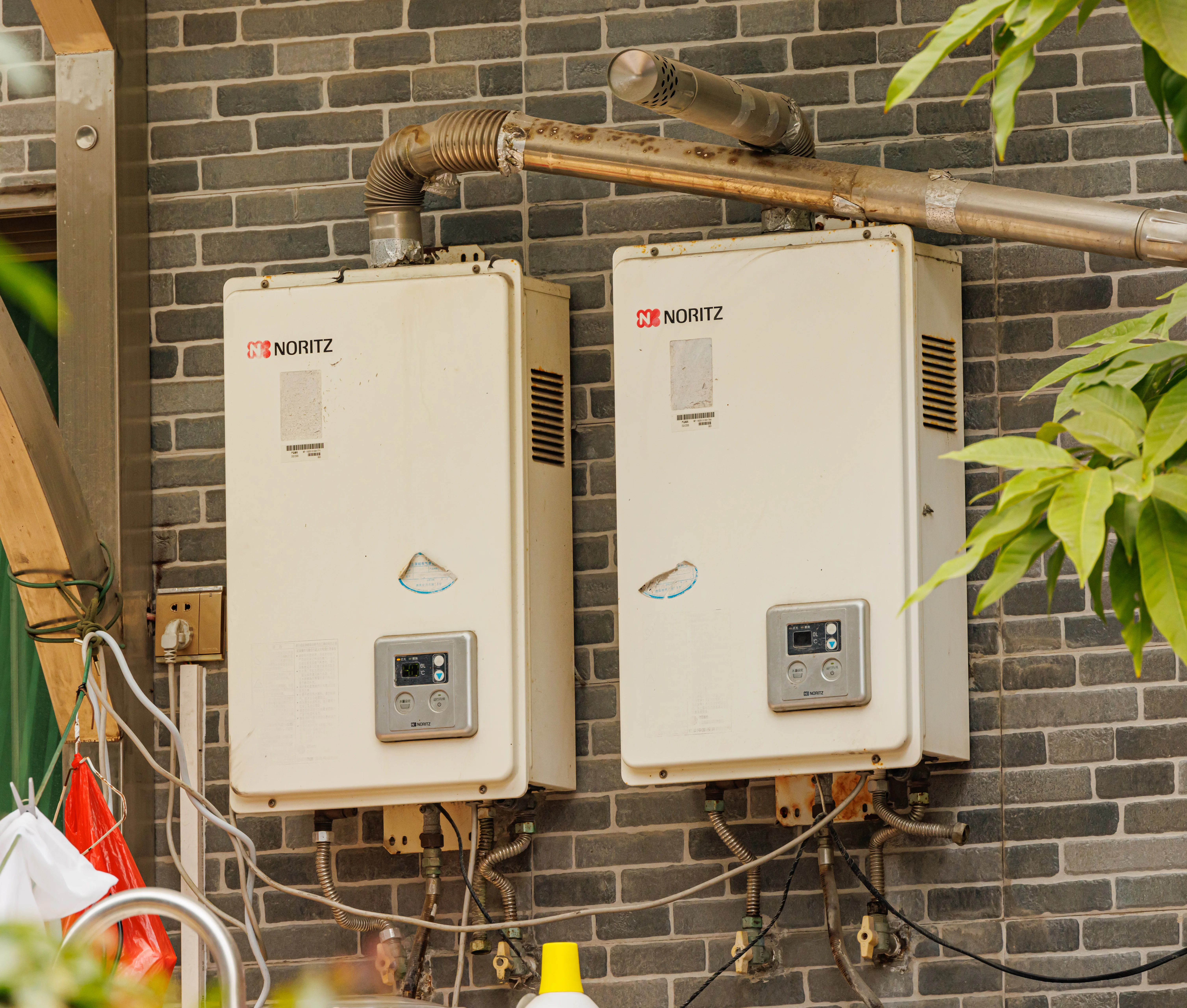
🔧 When to Consider Upgrading Your System
🚨 Upgrade Triggers:
- Boiler over 15 years old - Efficiency drops and repairs become frequent
- High energy bills - Old systems waste significant energy
- Family size changes - System no longer matches your needs
- Frequent breakdowns - Repair costs mounting up
✨ Upgrade Benefits:
- Energy savings up to 30% - Modern boilers are much more efficient
- Improved reliability - Fewer breakdowns and service calls
- Better hot water performance - Consistent temperature and flow
- 10-year warranties - Peace of mind for years to come
🏠 Professional Water Heating Services Hampshire & Wiltshire
🔍 Free System Assessment
Professional evaluation of your current system and recommendations for improvements.
🔧 System Service & Maintenance
Annual service to keep your boiler and cylinder running efficiently and safely.
⚡ Complete System Installation
New boilers, cylinders, or full system upgrades with 10-year warranty.

Expert Water Heating Advice by Will Gaze
With over 15 years of experience working with Hampshire and Wiltshire properties, I understand the unique challenges of our local area. From hard water issues to rural property constraints, I'll help you choose the right system for your home and budget.
📋 Maintenance Requirements by System Type
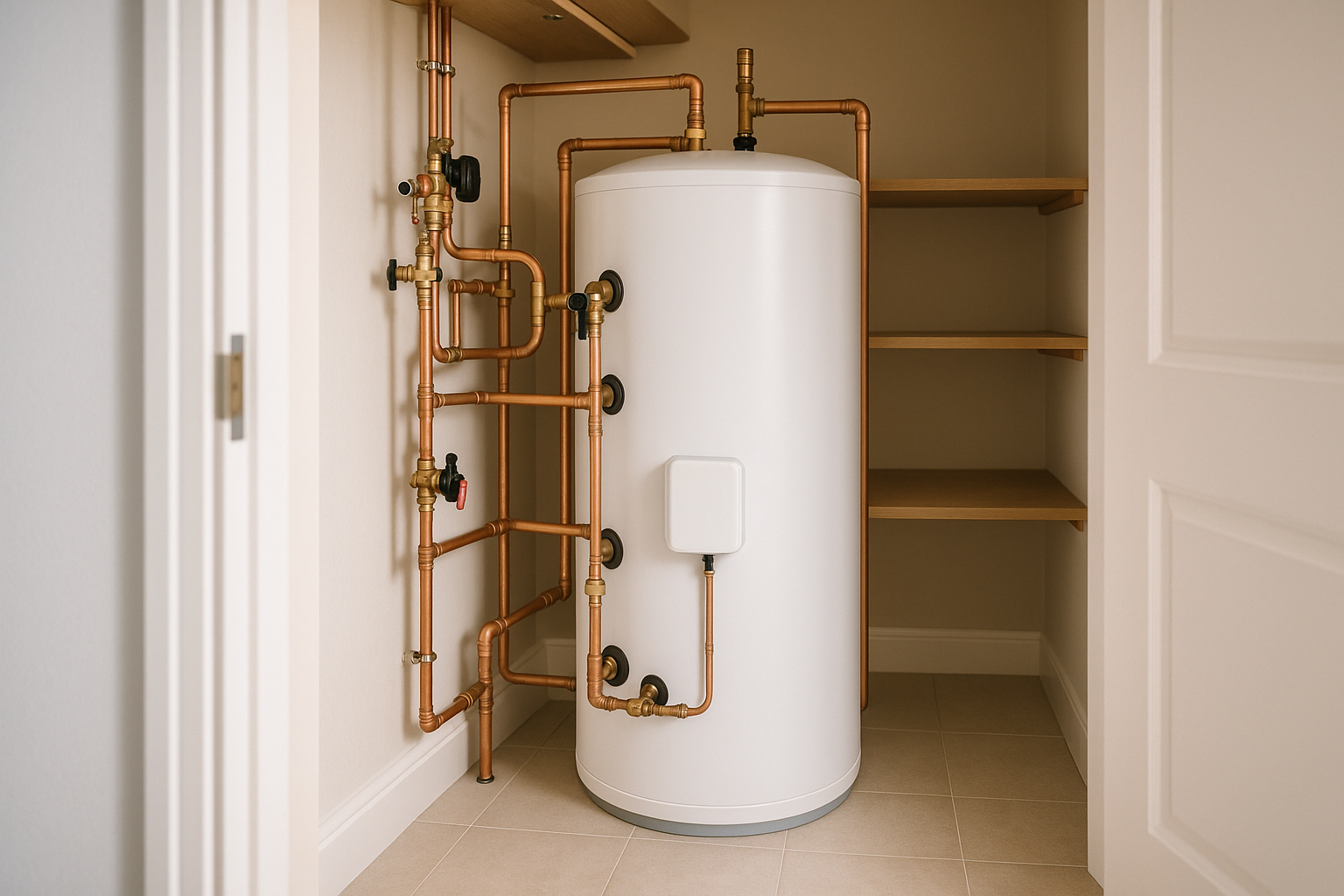
Combi Boiler Maintenance
Annual Service Includes:
- Boiler safety checks and cleaning
- Heat exchanger inspection
- Gas pressure and flow rates
- Controls and safety devices
Common Issues:
- Scale buildup in heat exchanger
- Diverter valve problems
- Low water pressure issues
- Ignition system faults
System Boiler + Cylinder Maintenance
Annual Service Includes:
- Boiler service and safety checks
- Cylinder inspection and anode check
- Pump and valve operation
- System water quality check
Common Issues:
- Cylinder corrosion
- Immersion heater failure
- Pump failure
- Heat loss from poor insulation
🏆 Why Choose Rosebourne Plumbing for Your Water Heating Needs?
As your local Hampshire plumber, I provide honest advice, transparent pricing, and quality workmanship. No gas work, no boiler sales pressure - just expert water heating solutions tailored to your property and budget.
With over 15 years of experience working with Hampshire and Wiltshire properties, I understand the unique challenges of our local area. From hard water issues to rural property constraints, I'll help you choose the right system for your home and budget. Whether you need a simple repair, system service, or complete upgrade, I provide honest advice and quality workmanship at transparent prices.
